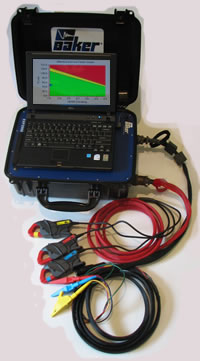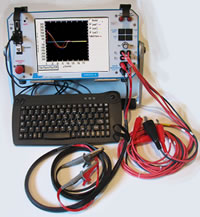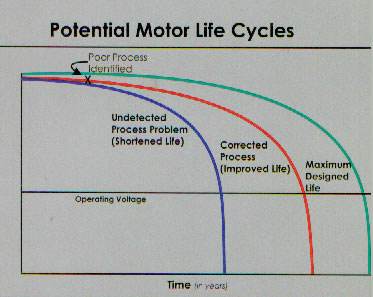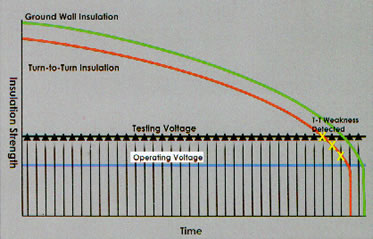Contact:
Bill Vandenhoven
info@electatest.com
Phone: +64 27 48 44 44 9 (international)
027 48 44 44 9 (New Zealand)
Bill Vandenhoven
info@electatest.com
Phone: +64 27 48 44 44 9 (international)
027 48 44 44 9 (New Zealand)

Specialising in state of the art electric motor analysis.
- Condition Monitoring
- Predictive Maintenance
- Dynamic Power Analysis
- VFD Monitoring
- Torque
- Spectrum
- Machine performance
- Efficiency
- Testing Capabilities
- Voltage Unbalance
- Voltage THD
- Current THD
- Harmonic Voltage Factor
- Impedance Imbalance
- Eccentricity
- Rotor Bar Test
- Negative Sequence Impedance
- Speed Calculation
- %Load and %Efficiency
- Spectrum Voltage
- Spectrum Current
- Current Level
- Effective Service Factor
- Power Details
- Continuous Acquisition
- O-Scope
- Auto Phasing
- Auto Testing Including Timer Function
- One Button Testing
- Bearing Check
- Mis-Alignment and Bent Shaft
- Startup Transient Voltage
- Startup Current

Static Testing
- These tests include.
- Winding Resistance: Determines if any unbalance exists between phases.
- Insulation Resistance (IR/MegOhm): Verifies quality of winding insulation to the ground.
- Polarization Index: detailed information on groundwall insulation.
- DC HiPot: Measures the dielectric strength of insulation.
- Surge: Detect turn-to-turn, phase-to-phase, and coil-to-coil insulation problems that no other test can.
 In-service testing of motors has show scientific growth in recent years, outgrowing the beginning states of simple voltage and current measurements. Through in-service monitoring, a fault process can be indentified and corrected, thus lengthening the life of a motor. Through the use of the Explorer, an at risk motor or group of motors can then be scheduled for further insulation testing.
In-service testing of motors has show scientific growth in recent years, outgrowing the beginning states of simple voltage and current measurements. Through in-service monitoring, a fault process can be indentified and corrected, thus lengthening the life of a motor. Through the use of the Explorer, an at risk motor or group of motors can then be scheduled for further insulation testing.If no process problem exists, a motor should see a long useful life. However, if problems do exist with the operational process such as a inconsistent power, overheating, dirt or moisture, he life of the motor can be drastically reduced. Bakerís in-service testing offers the ability to ensure the reliability of the motors for plant processes that never stopped. When motors run continuously, problems can develop within the motor, stator or rotor. The Explorer detects faults in the rotor such as cracked bars or damaged end-rings. Thermal overload of the stator is measured according to NEMA standards. The Explorer warns of problems developing within the motorís supply, the motor itself, and within the motorís load.
 Throughout the useful life of a motor, Periodic testing provides an indication of motor health. As the insulation deteriorates, the surge test is the first indication of a potential problem. Within this awareness, there is time to schedule repair or replacement of the faulty motor prior to an emergency shutdown.
Throughout the useful life of a motor, Periodic testing provides an indication of motor health. As the insulation deteriorates, the surge test is the first indication of a potential problem. Within this awareness, there is time to schedule repair or replacement of the faulty motor prior to an emergency shutdown.As the motor deteriorates, the insulation develops turn-to-turn weaknesses. This diagram further illustrates the need for periodic maintenance and testing. When the insulation strength reaches a certain point, deterioration will accelerate until the motor fails. With periodic maintenance testing, these problems can be indentified and tracked in most cases with time to spare. This allows time to act before the motor fails. Motors will fail in a matter of minutes after turns have fused. This is due to the tremendous heat caused by circulating current in the stator winding..
